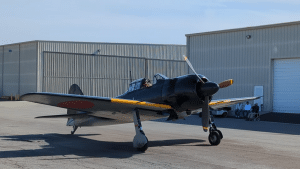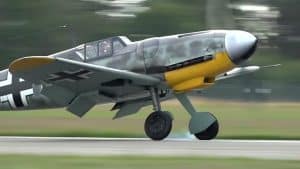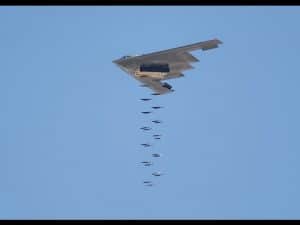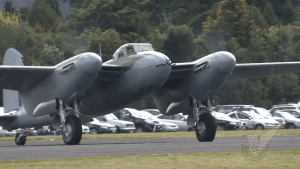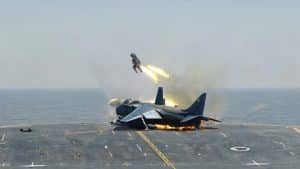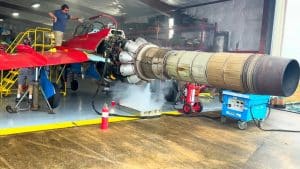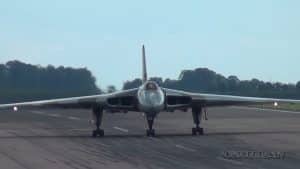The Reasons Why Spitfires Changed Their Guns
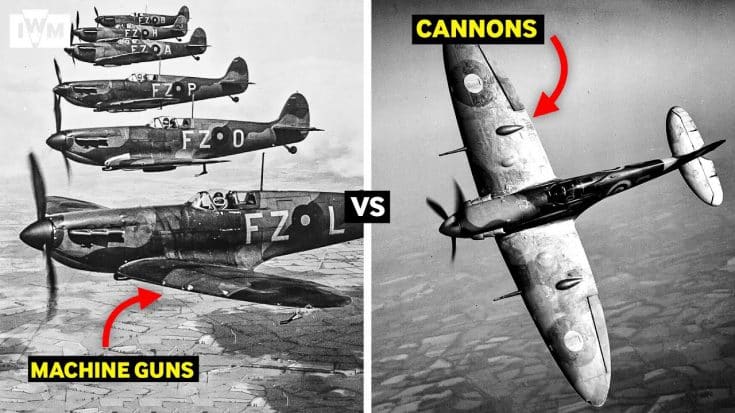
YouTube / Imperial War Museums
Early Spitfires were initially equipped with eight machine guns. Throughout its development, not only did it gain much bigger engines, but also bigger armament.
First Iconic Gun
While eight machine guns sounded excessive, the most cutting-edge fighter about to enter service, the Supermarine Spitfire, was able to accommodate these guns.
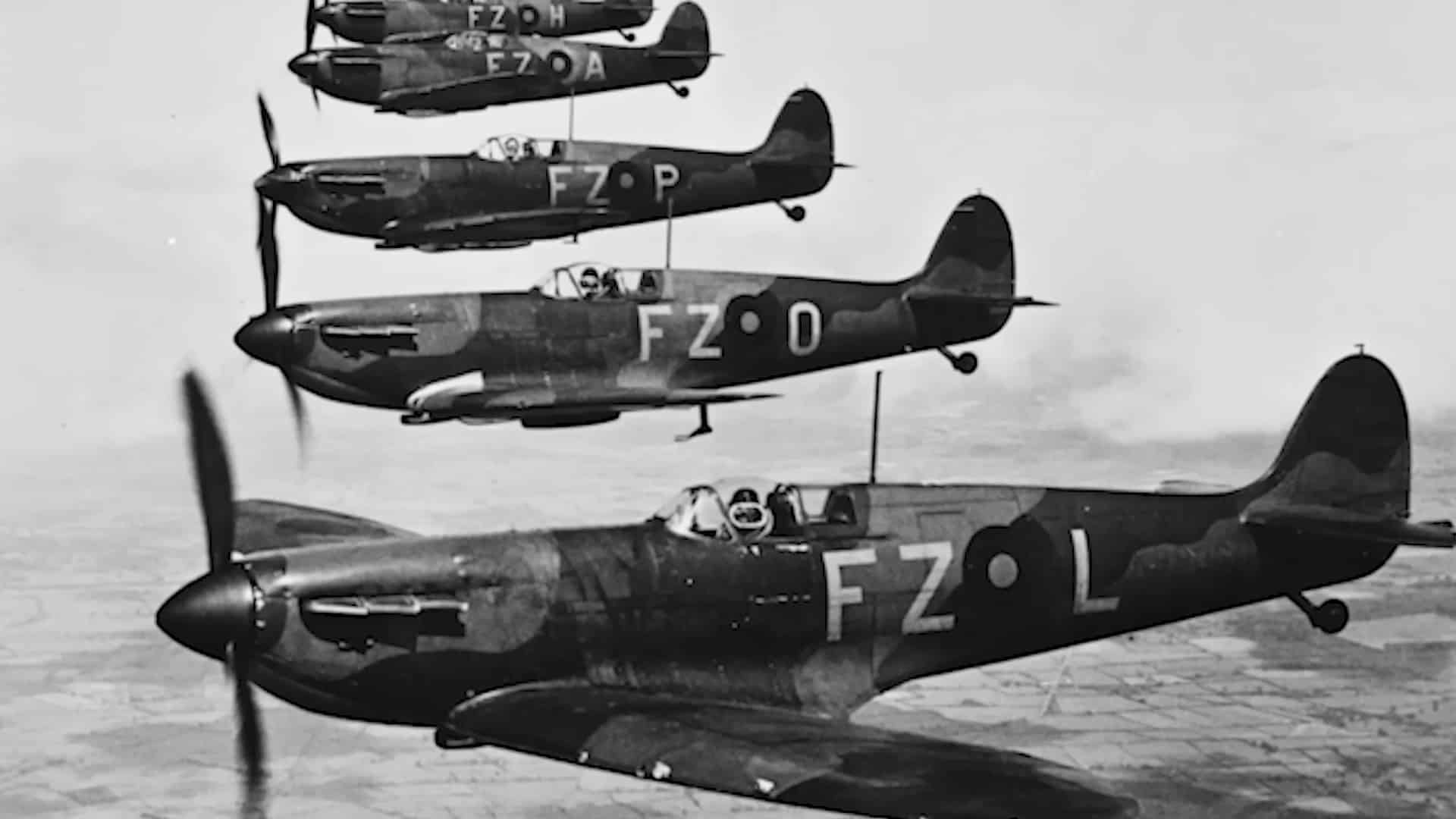
The first and probably most iconic gun used in the Spitfire is the Browning Mk. 2 Star 303 belt-fed machine gun.
It can put out 1,150 rounds per minute, which is a pretty high rate of fire, and offered an excellent chance of tagging the enemy.
Issues With Machine Guns
The drawback however was the rifle caliber round’s size. You couldn’t put any explosives to damage the aircraft’s fabric!
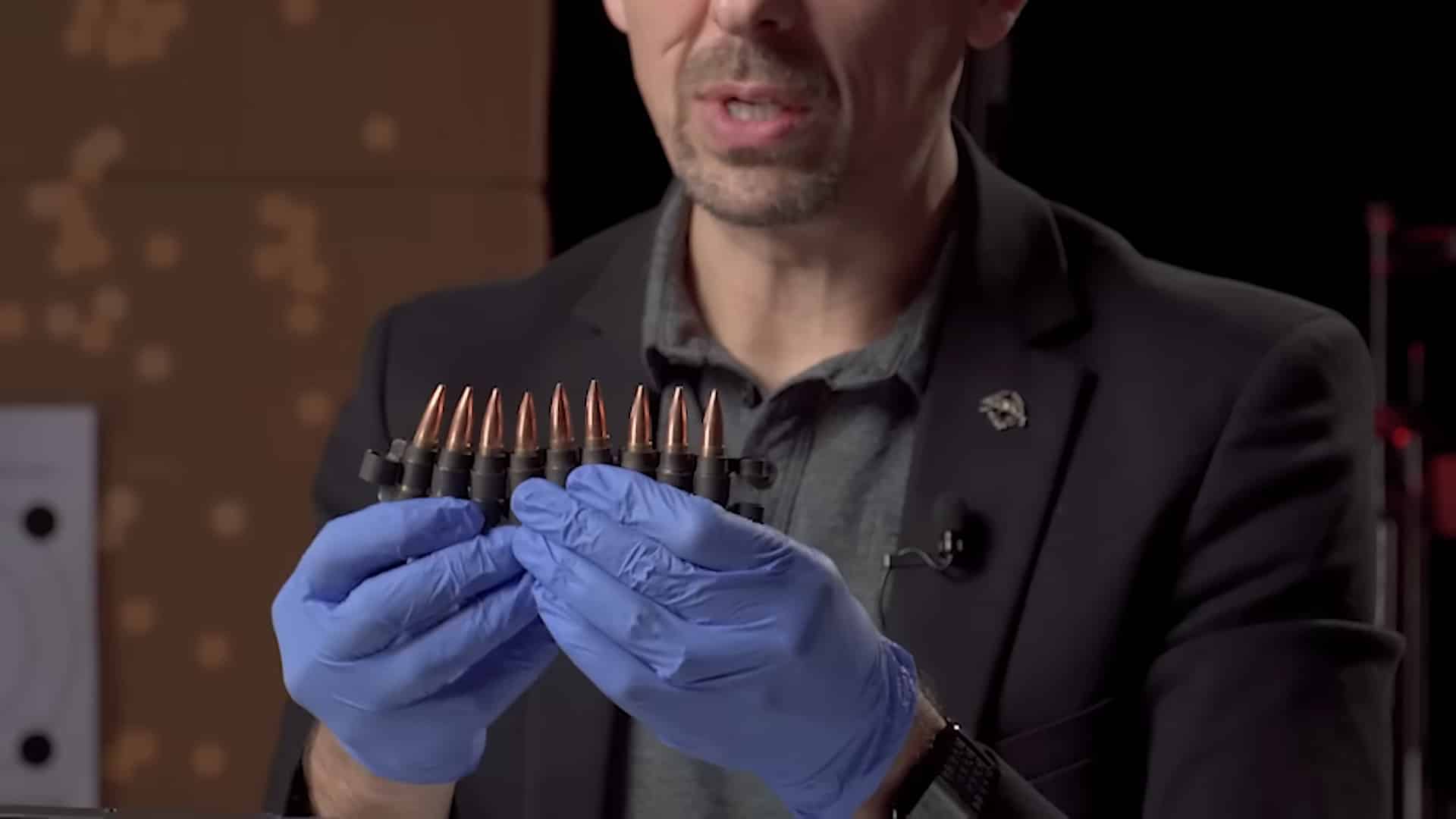
By the time the Spitfire entered service, the guns themselves froze as the aircraft flew at higher altitudes.
The increasing amount and prevalence of armor in German bombers meant that the hitting power of the 303 wasn’t fantastic.
Changing To Cannons
The British needed a weapon with more heavy-hitting firepower to bring enemy aircraft. Thus, they began experimenting with a new weapon, the 20 mm Hispano cannon.
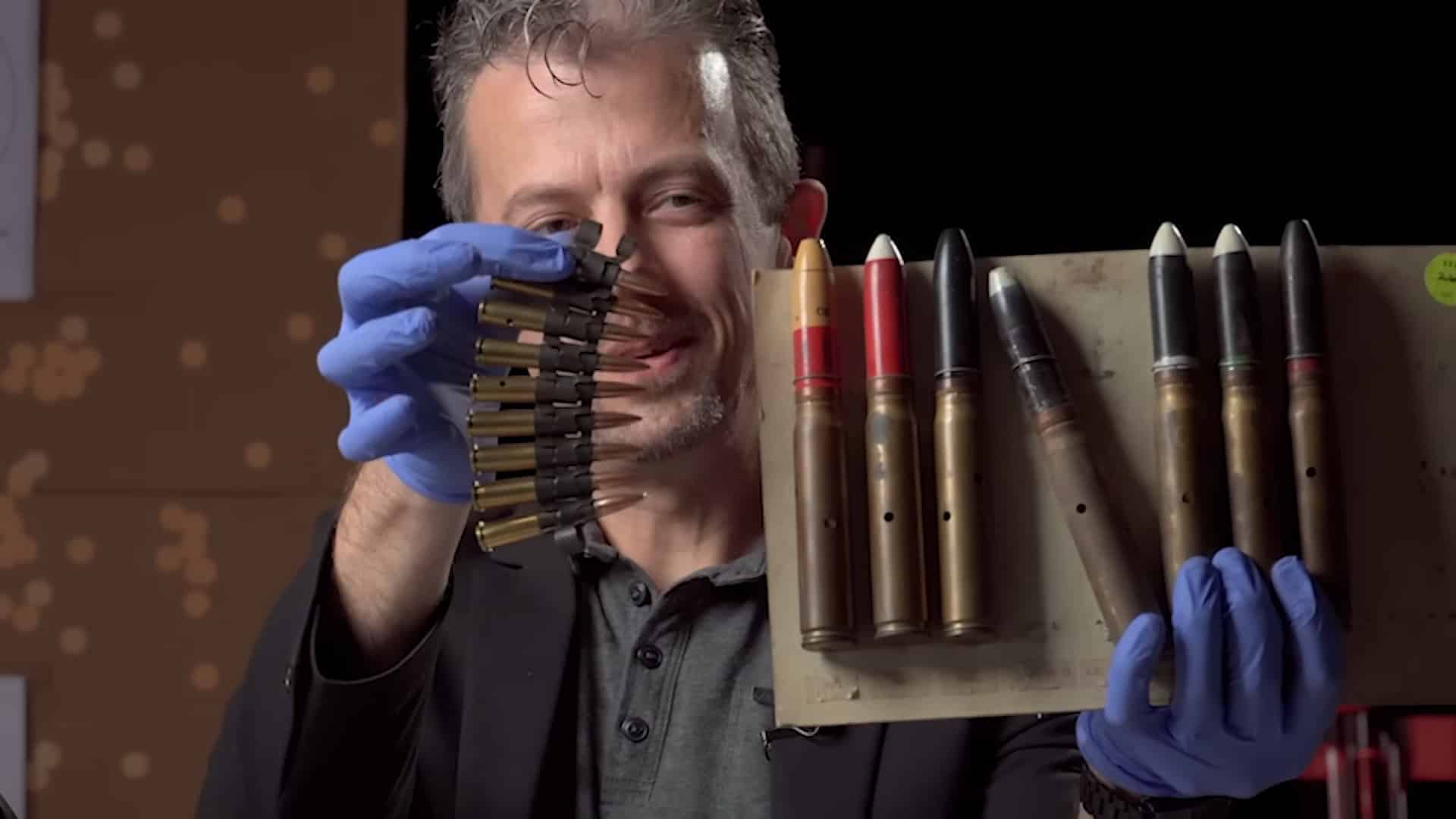
They’re bigger, heavier, but also had armor-piercing capabilities.
The 19 Squadron became the first Spitfire squadron equipped with cannons. However, G-forces and stresses in the wing caused ammunition feeds to fail and guns regularly jammed.
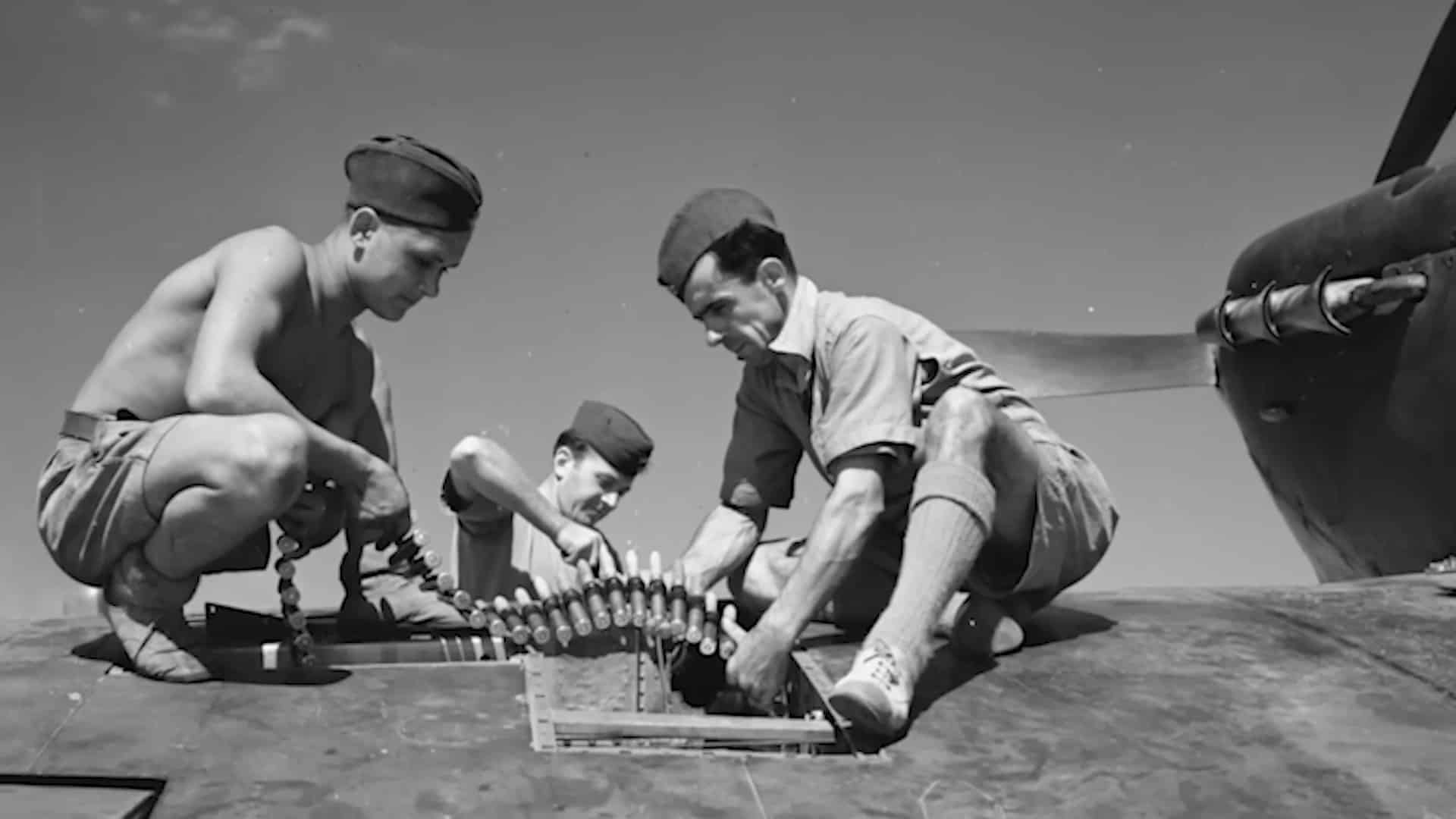
The squadron got fed up and requested their old Spitfires back.
Different Wings
Cannon armament would only gain maturity by the time the Mk. 5 variant rolled in.
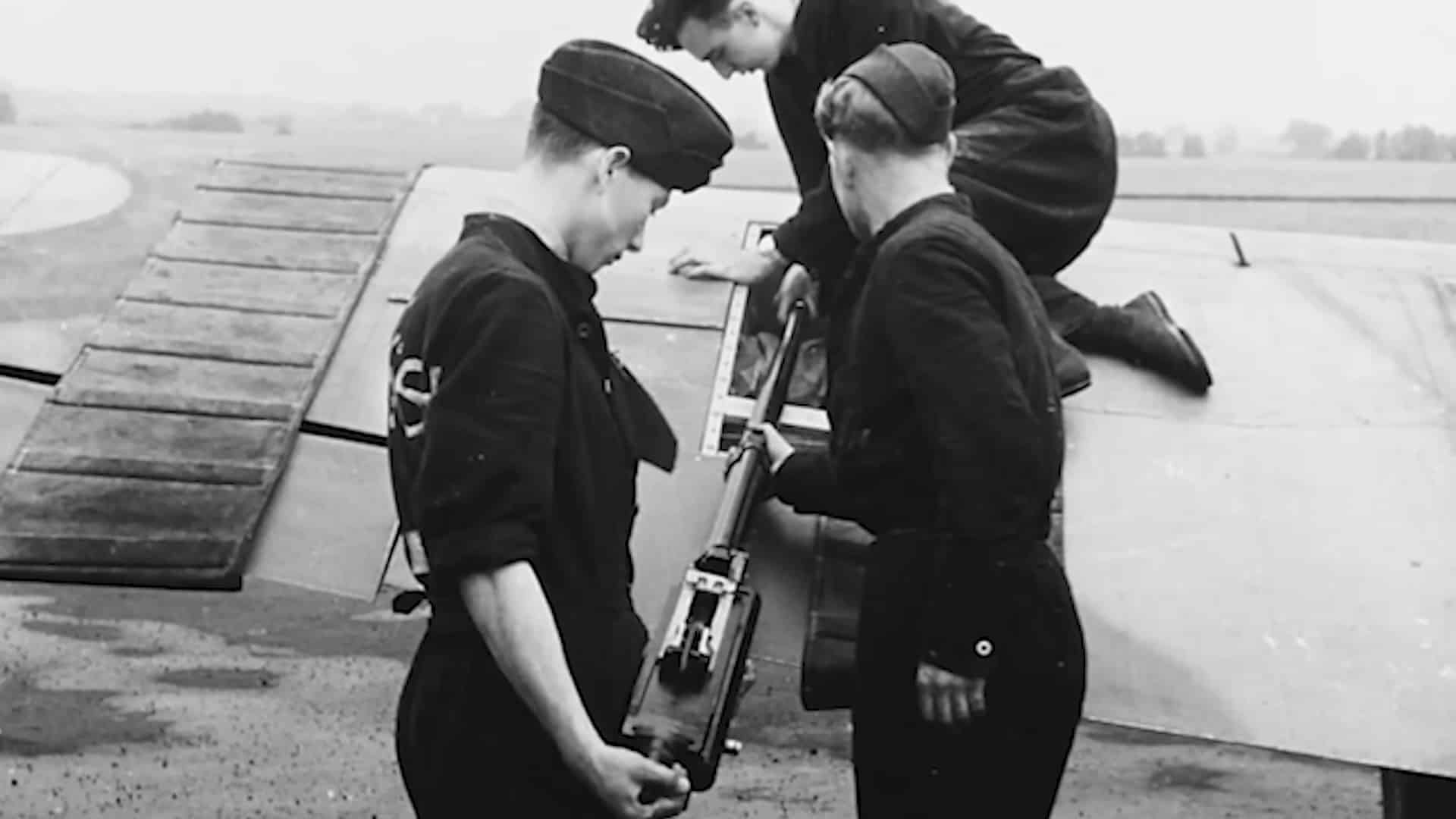
From Mk. 5 onward, the Spitfire would be fitted with a variety of wings. In the case of the Mk. 5, it would be the A, B, and C.
The A wing is capable of carrying 8 machine guns. The B wing can carry 2 machine guns and a 20 mm cannon on each wing.
Finally, the C wing or “the universal wing” can carry a variety of weapons depending on its role. Either a pair of 303s or 20 mm cannons in each wing or a combination of both.
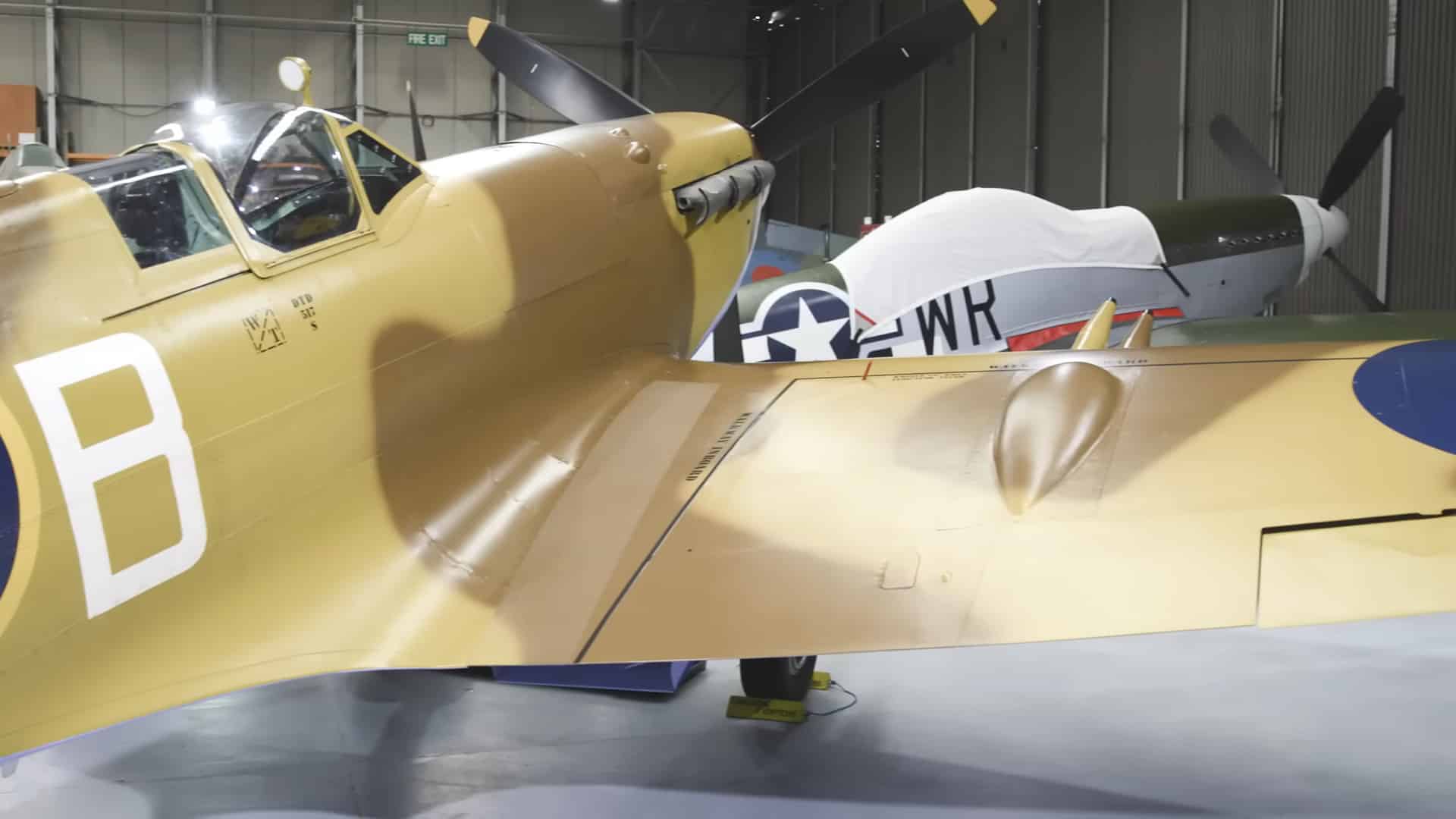
Later in the war, the development of the Mk. 9 led to the inception of the E wing – a wing that’s capable of carrying a 20 mm cannon and a heavy machine gun.












